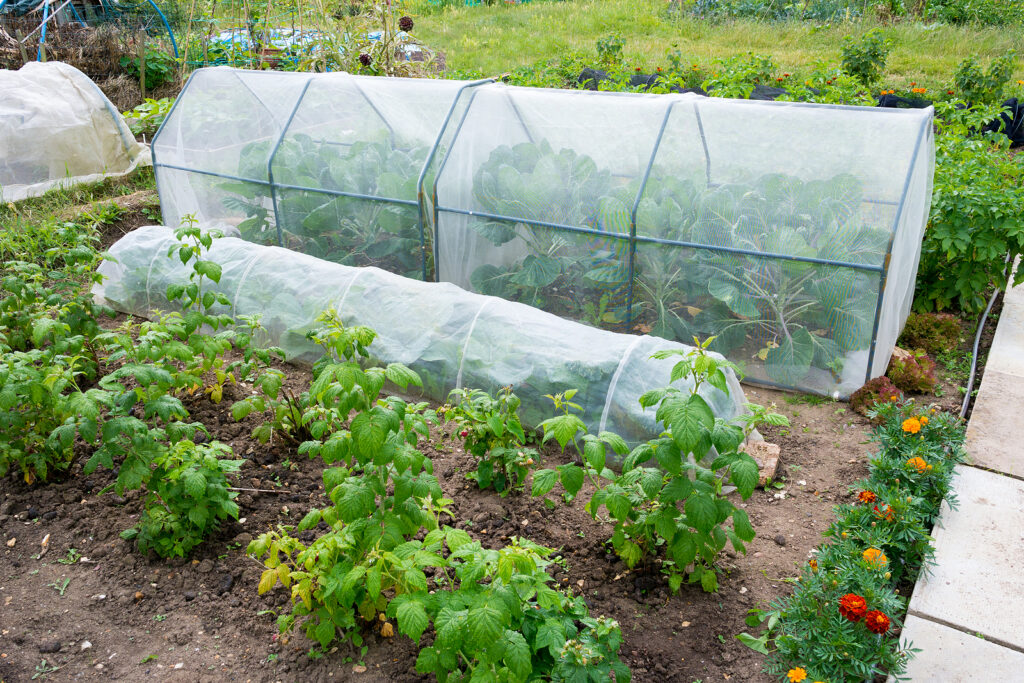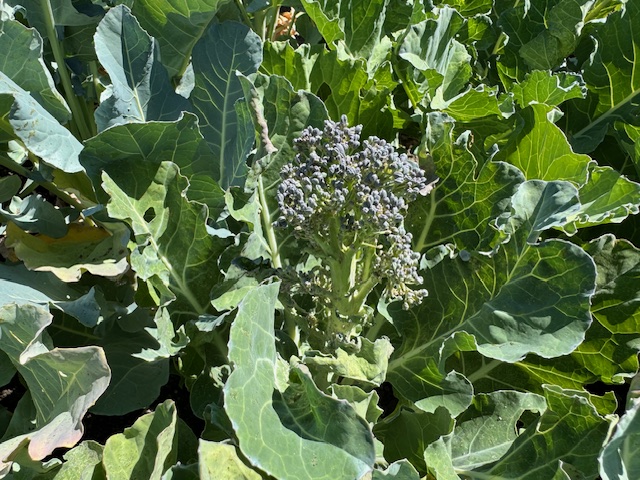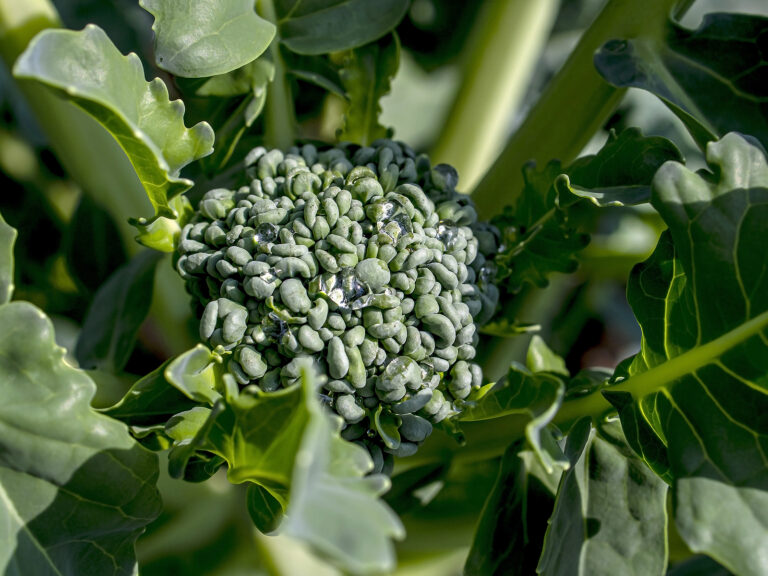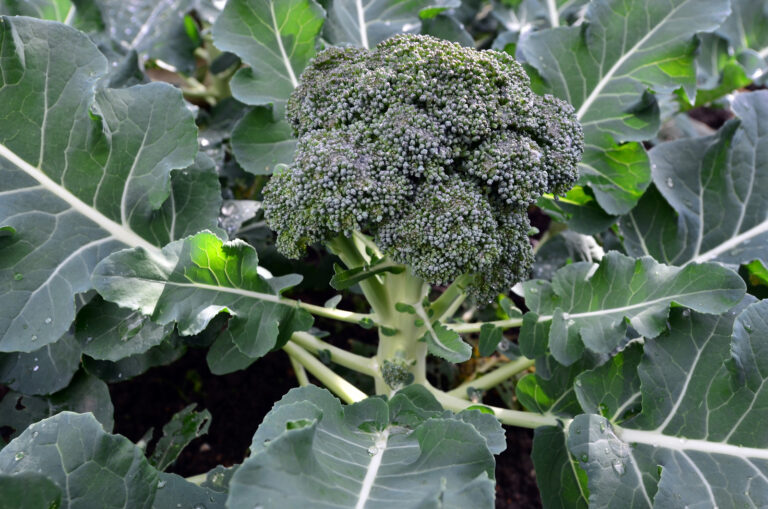When to Plant Brussels Sprouts for Fall and Winter Harvests
Brussels sprouts are a cool-weather crop that develop their best flavor after light frosts. Timing your planting correctly ensures firm, sweet sprouts when the rest of the garden is winding down. As a lifelong vegetable gardener in Sonoma Valley (Zone 9), I’ve grown Brussels sprouts for decades and learned that planting time is the key to success.

Understanding Brussels Sprouts’ Growth Cycle
Brussels sprouts require a long growing season—typically 85 to 110 days from transplant to harvest—so they’re not a quick crop. For fall and winter harvests, you want the plants maturing as the days shorten and temperatures drop, which naturally sweetens the sprouts.
Ideal Planting Windows by Region
- Mild Winter Climates (Zones 8–10): Start seeds indoors in late June to early July. Transplant to the garden in late July or August. Harvest begins in late fall and continues into winter.
- Cold Winter Climates (Zones 5–7): Start seeds indoors 14–16 weeks before your first expected fall frost. Transplant outdoors 10–12 weeks before that frost.
- Very Cold Climates (Zones 3–4): Brussels sprouts are best as a fall crop harvested before deep freezes. Start seeds indoors in late May to early June.
I’ve found that in my mild winter garden, sprouts hold beautifully on the stalk well into January if I plant in late July. In colder regions, aim to have plants reach maturity about two weeks after your first frost date—this timing gives you sweet sprouts without risking a hard freeze that could halt growth.
Using Frost to Improve Flavor
One of the best-kept secrets in growing Brussels sprouts is that frost improves flavor. A light frost triggers the plant to convert starches into sugars, giving you those nutty, sweet sprouts that win over even the skeptics.
Tips for Successful Fall and Winter Crops
- Choose the right variety: ‘Diablo’ and ‘Long Island Improved’ are reliable for cold weather. ‘Jade Cross’ holds well in the garden.
- Harden off seedlings: Transition plants from indoors to outdoors over 7–10 days to avoid shock.
- Mulch generously: A thick layer of straw helps keep soil temperatures stable and roots insulated.
In my experience, planting at the right time is the difference between sprouts that are small and bitter versus large, sweet, and tender.
Brussels Sprouts Planting Dates for Fall and Winter Harvests
| USDA Zone | Start Seeds Indoors | Transplant Outdoors | Expected Harvest Window |
|---|---|---|---|
| 3–4 | Late May – Early June | Mid–Late June | Early September – Early October |
| 5 | Early–Mid June | Early–Mid July | Late September – Late October |
| 6 | Mid–Late June | Mid–Late July | Early October – Early November |
| 7 | Late June – Early July | Late July – Early August | Mid October – Late November |
| 8 | Late June – Early July | Late July – Early August | November – January |
| 9–10 | Early–Mid July | Early–Mid August | December – February |
Notes:
- Dates are based on average first frost for your zone; adjust for local climate conditions.
- Aim to have plants mature 2–3 weeks after the first light frost for the sweetest flavor.
- In Zones 8–10, Brussels sprouts can be grown through the winter as long as temperatures stay between 25–85°F.
Brussels Sprouts Growing Hub
🥦 The Ultimate Brussels Sprouts Growing Guide: From Seed to Harvest
🌱 Planting & Growing
- Brussels Sprouts Seed Starting Tips
- Getting seeds started indoors and outdoors and timing tips.
- When to Plant Brussels Sprouts for Fall and Winter Harvests
- Zone-specific planting schedules and timing tips.
- How to Grow Brussels Sprouts in Containers: Tips and Tricks
- Soil mix, container size, watering, and feeding specifics.
- How to Space Brussels Sprouts for Maximum Yield and Airflow
- Avoiding overcrowding to prevent disease.
- Succession Planting Brussels Sprouts for a Longer Harvest Season
- How to time plantings for continuous sprouts.
💧 Care & Maintenance
- How to Water Brussels Sprouts for Healthy Growth and Flavor
- Best watering practices to avoid stress and bolting.
- How to Fertilize Brussels Sprouts: Feeding for Big, Tasty Sprouts
- Timing and type of fertilizer recommendations.
- How to Stimulate Brussels Sprout Production: Tips for More Sprouts per Stem
- Pruning, feeding, and environmental strategies.
🐛 Pests & Diseases
- Common Brussels Sprouts Pests and Diseases and How to Control Them Naturally
- Cabbage worms, aphids, flea beetles, and integrated pest management.
🧺 Harvesting & Storage
- When and How to Harvest Brussels Sprouts for Best Flavor and Texture
- Signs of maturity and harvesting techniques.
- How to Harvest and Store Brussels Sprouts
- When to harvest and keeping sprouts fresh post-harvest.
🍽️ In the Kitchen
- Five Easy Ways to Cook and Serve Brussels Sprouts: Roasting, Sautéing, Steaming, and More
- Simple recipes and cooking methods.
🌱 Varieties & Seed Saving
- Best Brussels Sprouts Varieties for Flavor and Climate
- Early, mid-, and late-season varieties.






